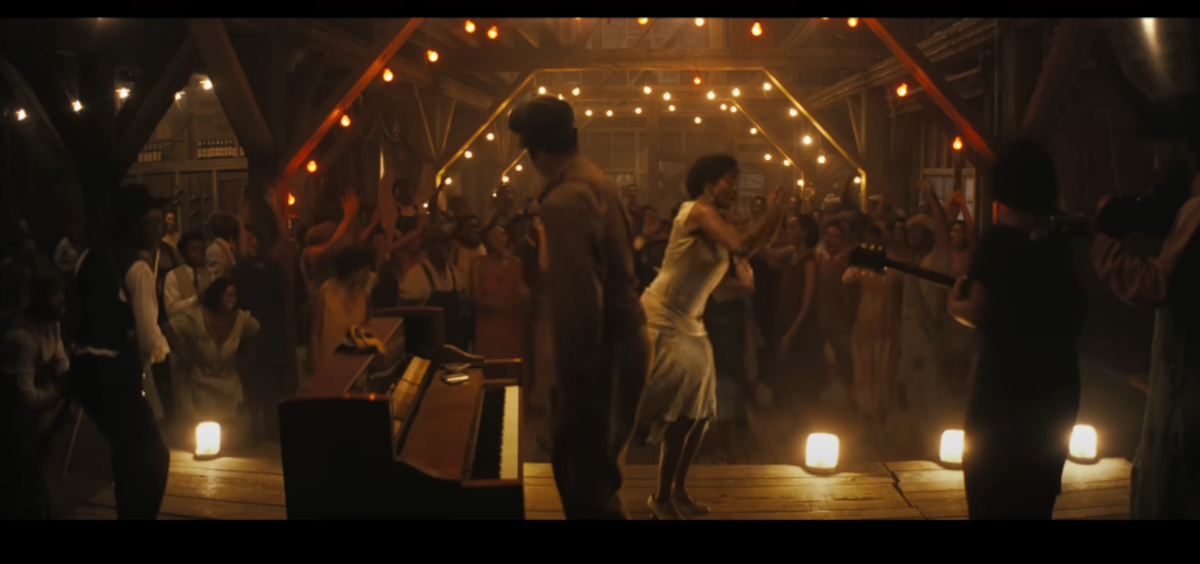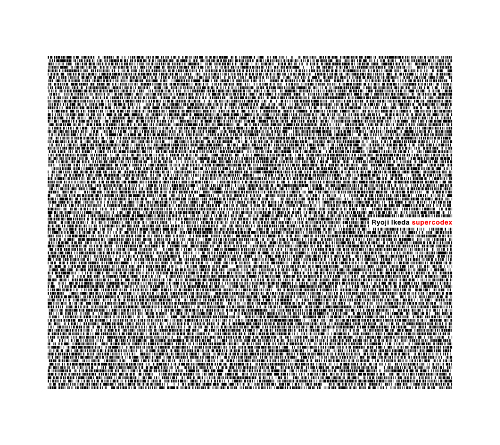The great expanses of cotton fields under a sky empty of clouds (and perhaps of the Lord Himself) are allowed to unfurl themselves lazily into Autumn Durald Arkapaw’s extra-widescreen compositions. But this superficial vision of paradise is interrupted by a Biblical snake as Nature’s own jump scare, and by laconic but sudden acts of violence, foreshadowing the claustrophobic tension of the second half of the film.
No matter how successful the twins’ enterprise gets, the city limits of their ambition are patrolled by the Klansmen in mufti who sold them the space. These tobacco-gobbing bigots may get less screen time than the protagonists, but their position of social mastery is conspicuous by its relative absence. And as the plot (modelled on Robert Rodriguez’s From Dusk Till Dawn, of all things) unfolds, their influence takes on new shapes if you’re unlucky enough to spot them in the darkness before they get their teeth into you. But the nastiness is precipitated by one brilliantly creative single-shot dance sequence in the barn-sized nightclub, where Coogler and composer Ludwig Göransson mash together multiple generations and styles of Black-origin music in what feels like either a visual sermon or the casting of a magickal spell, depending on your personal belief system. After an hour of exposition, it tells us in no uncertain terms exactly what we’re dealing with here, and what dangers we might be unleashing.Another technically ingenious shot circles around Jordan to showcase how he uses body language and costume to describe both the intense and ruthless Smoke and the lackadaisical and charismatic Stack (together they must be lightning). Like the music scene they burst into, they represent twin poles of the sacred and the profane, the spirit and the body, the authenticity of art and the con of capitalism. The art direction follows suit, with flaky white paint falling off the walls of the crumbling church by day, and by night a community hub so crowded and gaslit you can almost see the steam coming off the punters.
Delroy Lindo’s ageing alcoholic harmonicist looks and sounds like he’s grown out of the dusty earth, although he’s not really given enough to do but cough up old-man wisdom with a hint of paternal bluster. Hailee Steinfeld relishes the opportunity to play a grown-up for once, the mixed-race love interest who utters bawdy remarks when she’s not embodying the dualities of the human soul so that the film can subject them to raw, horrific scrutiny.
Its combination of lived-in performances, a weathered but dynamic pictorial scheme, and a versatile music score that tunes perfectly into every mood seduces, shocks, surprises and ultimately satisfies.
-Stew Mott-





